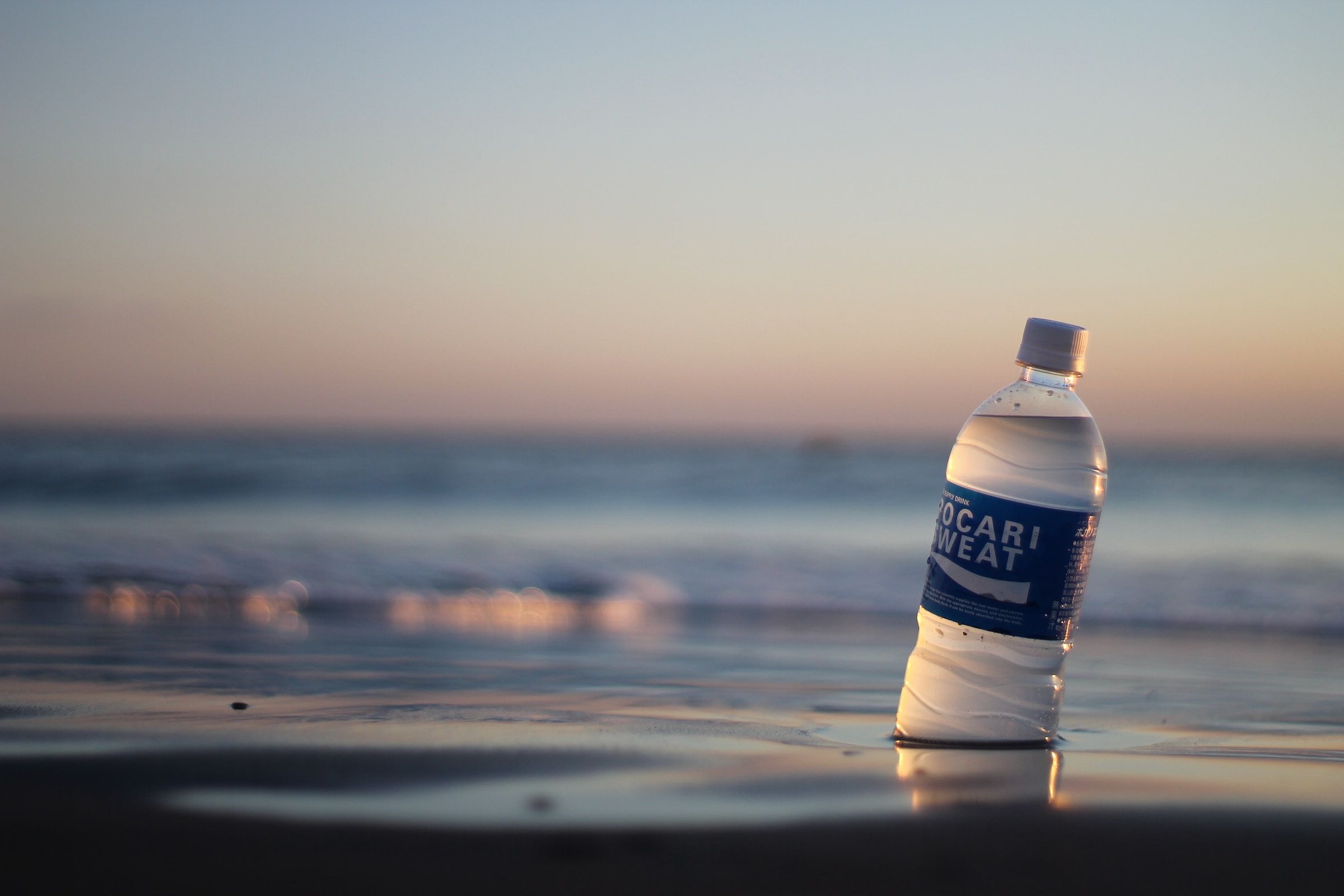Drinking enough water each day is the cornerstone of a healthy diet, with the US National Academies of Sciences, Engineering and Medicine recommending an adequate daily fluid intake of between 2.7-3.7L per day. For most people, tap water may be the most obvious or convenient choice, though drinking straight from the tap may not always be the safest option.
As is to be expected in such a large country, water quality across the United States can vary significantly. Data published by the United States Geological Survey (USGS) reveals at least 45% of the nation’s tap water may contain toxic polyfluorinated alkyl substances (PFAS). With an estimated 75% probability of PFAS contaminating water systems in urban locations.
In addition, studies have suggested a link between fluoridated water and the onset of several serious medical conditions, with children facing elevated risks. One such study conducted by Harvard University even suggests a link between fluoride exposure and decreased IQ scores in children. Though these findings may be concerning, citizens are not left without alternative options. So, here’s why switching to bottled water might be safer (and easier) than you think.

Reasons to avoid tap water
Though the quality of public water systems can vary across the US, research suggests that contaminated tap water is surprisingly common. From microplastics and potentially toxic chemicals, to dangerous bacteria and parasites, the dangers of tap water can be alarming.
Arsenic
Research published by The Guardian reveals around 8% of US water systems contain levels of arsenic deemed unsafe for humans. Arsenic has been shown to contaminate tap water via industrial or agricultural pollution, with overexposure causing serious health issues such as:
- Vomiting / nausea
- Blindness
- Paralysis
- Stomach pain
- Numbness in the extremities
Fluoride
Around 73% of the US population is currently served by water systems containing fluoridated water. Though fluoride has been shown to improve dental health by strengthening the teeth, overexposure has been linked with serious health conditions in children. Issues include:
- Osteomalacia
- Neurodevelopmental disorders
- Skeletal fluorosis
- Kidney damage
Bacteria
Harmful and potentially deadly bacteria have been identified in numerous US water systems in recent years. In 2022, the US Centers for Disease Control and Prevention found levels of the potentially fatal bacterium Burkholderia pseudomallei in water samples from Mississippi.
Other bacteria that have been found in US water supplies include:
- coli
- Salmonella
- Legionella
Heavy metals
Heavy metals including mercury, aluminum, copper and lead have been known to leach into public water supplies across the US, typically as a result of poorly maintained well systems. Overexposure to these substances can increase the risk of various health issues, including:
- Dementia
- Parkinson’s disease
- Altziemer’s disease
- Huntigton’s disease
Chlorine
Chlorine is often used to disinfect drinking water supplies throughout the US, with levels of up to 4 mg/L deemed safe for human consumption. However, overexposure to chlorine in drinking water has been linked with a variety of worrying health issues, including:
- Reactive airways dysfunction syndrome (RADS)
- Chest tightness
- Burning of the eyes, nose and throat
- Breathing difficulties
The benefits of bottled water
While the regulations regarding bottled water and tap water are similar, consumers typically have a greater deal of control when it comes to sourcing bottled waters. Citizens usually have no choice other than to drink the tap water provided to them by local authorities, while conversely, it’s possible to be far more selective when choosing between bottled waters.
Natural spring water
Many of the issues related to tap water contamination come as a result of how the water is collected and processed. Including the addition of substances like fluoride and chlorine, as well as heavy metals that may leach from wells and water pipes. Switching to bottled water allows consumers to avoid such contaminants by only choosing natural bottled spring water.
Many brands such as JUST Water provide clear information about where their water is from, as well as the process it goes through during packaging. Allowing consumers to avoid added chemicals and specific treatment processes, with fresh water delivered direct to their homes.
Minerals and nutrients
Consumers can choose to source bottled waters containing specific levels of natural or added minerals to suit their needs. Companies producing bottled water are required by law to list all present minerals and additives, including the amount of these substances found in each product. This degree of transparency and choice is not afforded to tap water drinkers.

Reduced PFAS levels
Though PFAS have been found in some bottled water products, experts believe that the low density plastic used for bottled water is not considered a source for PFAS contamination. In addition, a 2021 study conducted by John Hopkins University found that of over 100 bottled waters tested, most contained no detectable levels of PFAS contamination.
Emergency supplies
When stored correctly, bottled water has an incredibly long shelf life, meaning supplies can be stored for use in case of emergencies. If a natural disaster or similar event causes local water systems to become inaccessible or contaminated, keeping a store of bottled water will ensure that residents have access to clean water without requiring special filtration systems.
Summary
Access to clean drinking water is essential to living a happy and healthy life, though some studies suggest public water systems may be unable to adequately service this need. From dangerous levels of toxic chemicals to the presence of PFAS and potential overexposure to fluorides, tap water in the US may not always be the safest choice for modern communities.
By switching to bottled water, residents are afforded far more choice over the minerals and nutrients they’re consuming, with brands required to provide detailed lists of ingredients. Furthermore, bottled waters have been shown to contain lower levels of PFAS and can be delivered straight to your door, making switching to bottled water safer and easier than you think.

